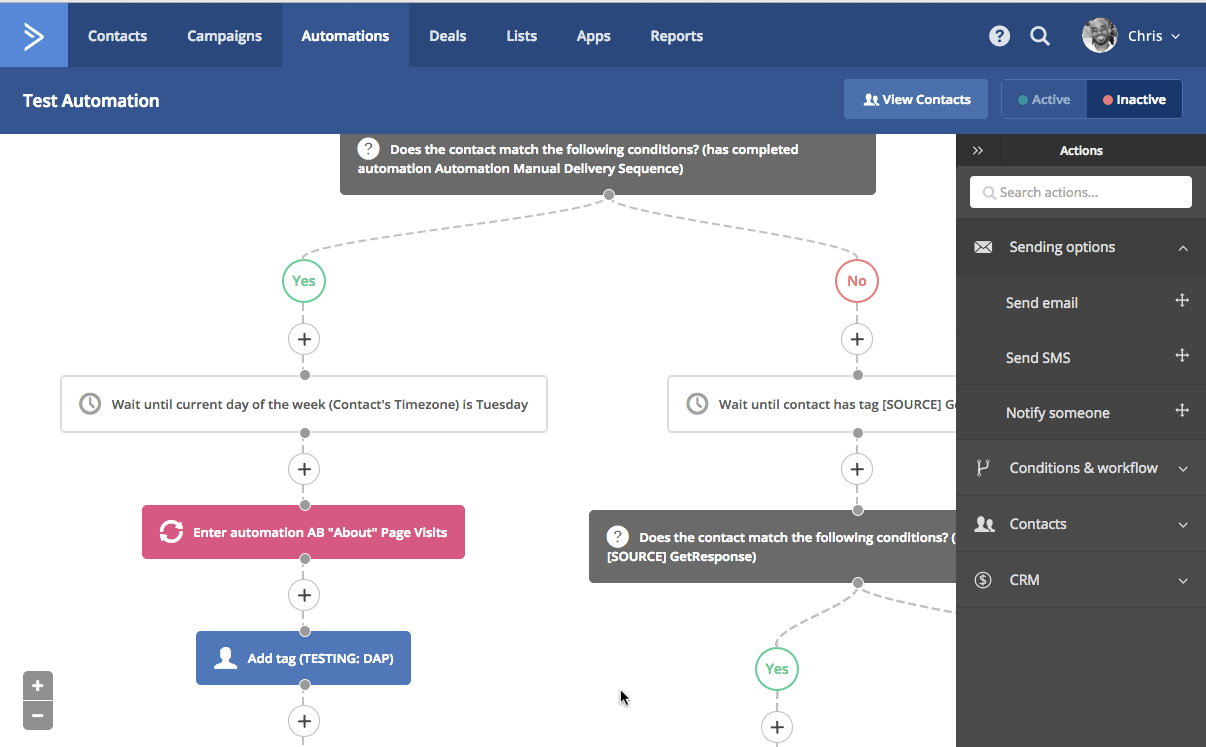
There are many ways to create creative content for social media. Many platforms offer different options and creators have many options. There are many types of content available for social media, including user-generated, video, infographics, presentations and videos. There are many content types that can be used to engage your audience, regardless of the platform. Here are some examples to show you how creative content can be used for your personal account or business. These examples should be enough to get you started.
Content that is user-generated
User-generated Content (UGC), which is different from branded content, can be created by individuals. Natural consumer trust is built on the opinions and claims of peers, not company claims. UGC is an easier way for brands to win trust. In fact, 64% of people prefer using UGC for making purchase decisions. Brands can increase their brand reputation and sales by using user-generated content.

Infographics
Infographics are a great way for your audience to stay engaged in a world that is increasingly information-driven. This visual representation of data is a great way for you to explain complicated concepts in an easy-to understand manner. It is possible to use imagery to aid in navigation. Infographics can be shared on other platforms, which will increase your website's visibility and brand awareness. Even if techies aren't your thing, you can create an evergreen infographic to post multiple times per year.
Videos
If you want to boost your social media engagement, videos are one of the best ways to do it. They can be used for brand reputation building and engaging consumers. If you make a video that is appealing to your audience, you can promote it on the web. It is important to research your audience before you begin posting videos. Before you post videos, it's a good idea create buyer personas.
Presentations
You can use presentations to create more leads for you business on social media. You can leverage social networks as a marketing tool, and create presentations that showcase the benefits of your product or service. Managers are available to help you increase your online presence as well as sales through social media accounts. Social media networks can increase brand awareness as well as website attendance. Presentations created using iSpring software are accessible on all browsers. Moreover, social share buttons are included in presentations that drive traffic to your website.

Curated content
There are two types of curated social media content: those meant to boost your social media presence and those that can be used as a supplement to your own content. Choose content from the same industry and author as your business to create great curated material. Also, credit the author and include a link back to the original site. You can easily add curated information to your social networks without spending a lot time searching for the right content.
FAQ
What are the 7 Steps of Content Marketing?
This seven-step content marketing process includes:
-
Identify the problem
-
Find out what's currently working
-
Get new ideas
-
Make them strategic
-
They are worth a try
-
Measure results
-
Continue the process until you find a solution.
This approach has been proven to work well for businesses large and small.
Where should I start when it comes to Content Marketing?
Start by identifying your audience. Who are they exactly? What are their needs and wants? What can you do to help them? Once you know who you're writing for, you can determine where to focus your efforts.
What does it mean to be a Content Strategist
Content strategists help brands tell stories through engaging messages that are emotionally connected to their audience. They are storytellers who focus on telling brand stories that help people make decisions and take action.
Content strategists can create strategies that are engaging for current and future customers. For example, they combine data analytics and storytelling to craft experiences that inspire consumers to visit stores, buy products and share their excitement online.
They know how to incorporate social media platforms into their campaigns. They can also leverage technology tools such as virtual reality or video to deliver memorable customer experiences.
Digital content is not only created by content strategists, but they also translate these ideas into actionable plans that marketers must execute. This includes creating content for print and television, developing creative briefs, managing budgets, and creating content.
Why is content so important
Every digital marketing campaign must include content. If you want to attract new customers, then you need to create valuable content for them. The best way to do this is through blogging. Blogging builds authority in your niche which makes you more trustworthy. Trustworthiness builds credibility and leads to higher search engine rankings. When you rank high in search engines, organic searches bring you traffic.
Do I need an agent to do Content Marketing
No! No. There are many online tools that can help you create high quality content. Agency services are often expensive.
Why Content Marketing?
HubSpot estimates that an average person spends close to two hours per day engaging with content. This includes social media, newsfeeds, reading magazines, browsing websites and listening to podcasts. This is a lot of content consumption!
Statistics
- Out of the 1,500 marketers we surveyed for our State of Content Marketing report, 78% who felt their content marketing strategy was exceptionally effective in 2021 had documented their strategy. (semrush.com)
- According to the Content Marketing Institute, 70% of B2B marketers and 86% of B2C marketers surveyed use content marketing in some form or other. (criteo.com)
- This marketing strategy landed Ford a 15.4% conversion rate. (neilpatel.com)
- To further show the importance of this, 89% of people have stopped doing business with a company because of a poor experience. (neilpatel.com)
- Seventy-two percent business to business (B2B) (mailchimp.com)
- Forty-seven percent of buyers view 3 to 5 pieces of content before engaging with a sales representative. (mailchimp.com)
- According to our research, brand awareness, attracting traffic, and generating leads remain the key content marketing goals in 2022. (semrush.com)
- Companies that use content marketing see approximately 30% higher growth rates than businesses not using it. (mailchimp.com)
External Links
How To
How to create stunning images
Images are a great way to make your content standout from others. Images are one of the most effective ways of communicating ideas visually. They are effective at drawing attention and increasing engagement. They are great for communicating complex concepts clearly and effectively. ).
Images can bring life to writing and presentations, and make them more engaging. If you don't know the best image to use for your job, you might end up with less striking results. This article will provide tips on how to choose the best images possible for your next project.
-
What makes an image great? Before you look at photos, there's a lot you need to know. First, it is important to choose images that have a clear and concise message. A messy photo won't do the trick. It will not grab attention like a simple, clear image. It's important to avoid taking photos of people who are not smiling or looking into the camera. It can give the impression that what you're saying isn’t very interesting. It is important that your image does not distract from the main message you are trying convey. If it distracts from the main point, it may not be ideal.
-
Look for inspiration. Once you've got a list of potential candidates, it's time to go through them and find those that catch your eye. Look at their captions first. These captions may be included in the photo or written separately by others. In either case, it is important to check that the caption is easy to read. Pay close attention to where the photo is placed. Is it somewhere where you might expect to find people having fun? Maybe it seems dangerous. You might not associate it with happiness. No matter what the reason, consider why you like this image and how it connects to the message you are trying to convey.
-
Check out different types and sizes of images. Use images in your content for the best results. A picture of a product may be useful if your article is about it. Likewise, if you've got an infographic on offer, you may want to include an image showing the presented data. Visual aids like these will draw people closer to your information and make them feel more connected to the content.
-
Make sure you use the correct file format. When choosing images, the first thing to do is to choose the right file format. JPEG and GIF are the two most common file formats when designing web pages. Both are great file formats, but each has its pros and cons. JPEG files can be used on websites as well as social media posts. They are particularly useful for photos as they allow you to store large files in a very small area. GIFs can become blurred over time due to their loss of quality. GIFs are smaller and more suitable for animation and graphics than JPEGs. They don't support transparency making them unsuitable to be used for photos.
-
Add other visuals. You might consider adding other visuals to your content. As it is a distraction-free environment, it can improve the effectiveness and usability of your post. It makes it less likely for them to leave your page after reading your article. Informationgraphics are one of the best ways you can add visuals and information to your site. Infographics are very popular because they make it easy to share lots and lots of useful information. These infographics are great for adding to blog posts.